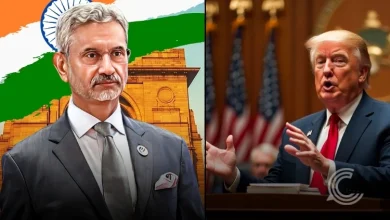US and Japan Forge Rare-Earths Pact to Break China’s Global Monopoly on Critical Minerals

The Donald Trump administration and Sanae Takaichi, Japan’s recently appointed prime minister, signed a new framework agreement in Tokyo aimed at securing the supply of critical minerals and rare-earths. The deal comes as part of the two countries’ broader push to reduce dependence on China, which currently processes over 90 percent of the world’s rare-earth refining capacity.
Under the agreement, the US and Japan will coordinate policies, pool investment in mine-to-market supply chains, and explore stockpiling strategies to ensure more diversified, liquid, and fair markets for rare-earths and related critical minerals. The framework also highlights bilateral project support and collaboration with other partners to create more resilient supply chains, according to reports by Reuters.
Japan Visit Aligns With Broader Strategy
US President Trump met Prime Minister Takaichi during the second leg of his Asia tour, signalling a strengthened US–Japan alliance just days ahead of his meeting with China’s President Xi Jinping at the upcoming APEC summit. The timing signifies the strategic importance both sides place on critical minerals security amid escalating global competition.
Also Read | With Trump gone, World leaders Strengthen Trade Pacts to offset US Tariff Threats
The rare-earths pact is seen not only as an economic arrangement but also as a diplomatic signal: by partnering closely with Japan, the US is hoping to crack the stranglehold China holds on the components that underpin everything from electric vehicles and smartphones to advanced defence systems. In recent years, China has leveraged export curbs and licensing requirements to wield what analysts call “weaponised interdependence”.
What Comes Next
Implementation of the framework includes investment announcements in the coming six months, joint coordination of critical minerals policies, and potentially shared stockpile mechanisms. According to experts, success will hinge on translating high-level commitments into actual capacity, refining infrastructure, and commercial supply chains outside China’s sphere of influence.
As the two nations move forward, the deal marks a concrete step in reshaping the global rare-earths landscape, one that could shift long-term power dynamics in technology supply chains and geopolitics.



